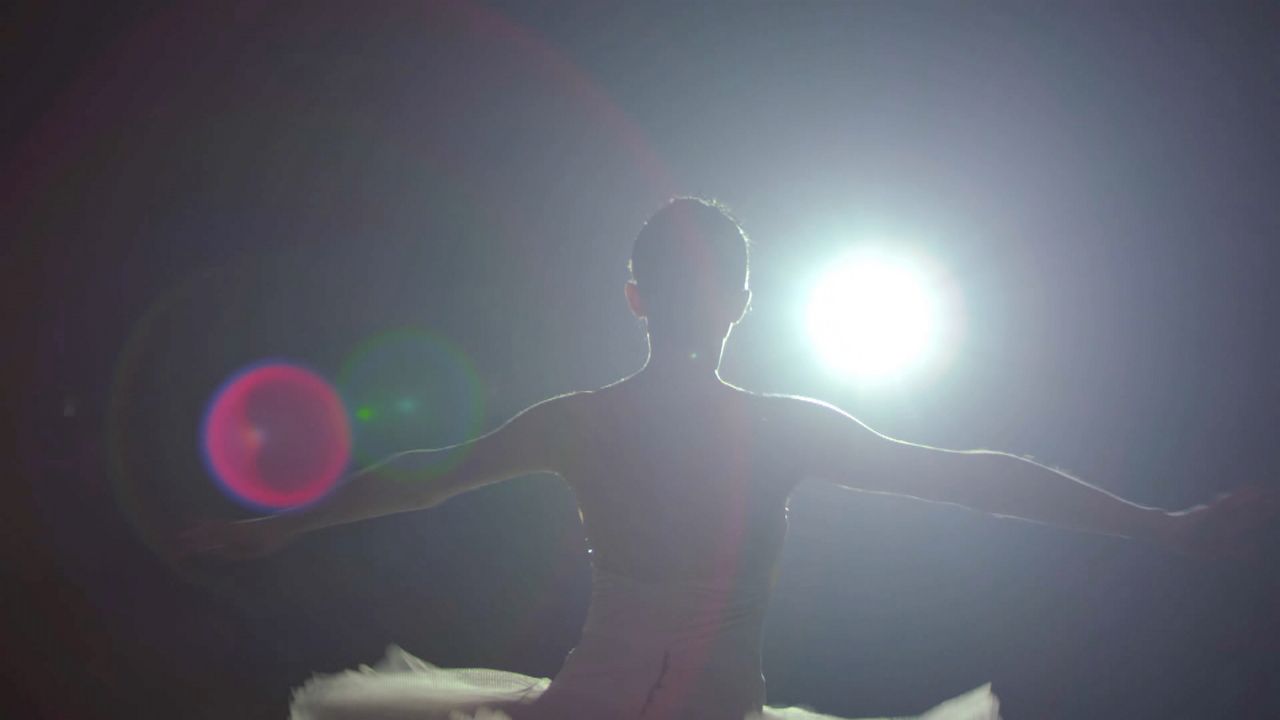If you’re heading to the beach this summer, you might want to be on the lookout.
California’s great white sharks may be swimming closer to the shore than you think, and we have the footage to prove it. Drone photographer Carlos Gauna has spent time spying on great white sharks. In an interview for "LA Times Today," he joined host Lisa McRee to share some of the incredible images he’s captured.
What You Need To Know
- Photographer Carlos Gauna is part of a group of researchers and photographers using drones to study great white shark behavior
- The pandemic shut down Gauna’s wedding business, which gave him more time to research sharks
- In June 2020, Gauna posted his first white shark video on YouTube, which gained 2.8 million views
- While adult great whites move through Southern California waters, they mostly hunt elephant seals and sea lions off the northern Channel Islands and Central California
Gauna explained how his curiosity in searching for sharks started after he spotted one in Point Dume in Malibu.
"After I spotted my first shark, I did a lot of internet sleuthing," he said. "I looked up where shark encounters have been documented throughout the years. I made a list of all the beaches I found and started visiting them."
Gauna has recently spotted sharks from northern San Diego County to southern Santa Barbara.
"From personal experience, it is safe to say that if you have been in the water anywhere between San Diego and Santa Barbara, you have probably been near a shark. Now, some of the stuff I have captured has been memorable, not just because of the awe of the footage — you know, seeing a shark close to a human — but memorable to me personally because I learn something almost every time I film them."
After filming so many encounters, Gauna noticed that sharks do not care that humans are nearby.
"I am releasing a video that shows a child near a great white shark, and seeing it as an observer is one thing, but seeing it from the eyes of a scientist is a completely different experience," he said. "So yeah, sharks are just there. Most of the time, they just go about their business. Most of the time, what the sharks will do is they get curious, and they will turn their nose over to whatever is making a splashing sound and usually take a quick look and go. Humans really are not on the menu."
There have been a couple times, however, where Gauna has been nervous for the people in the water.
"One of those in particular was footage of a surfer where the shark goes right near his board. I think if you listen to the audio, you can hear me yelling, 'Please don’t bite him, please don’t bite him.' That is what was going through my head at the time because to see that as it occurred, and me not being able to do anything, made my heart pound. And a lot of it is because I am used to the stigma that sharks are always hungry and going after whatever is splashing. In that case, the shark took a peek, realized it was a human and moved on."
Gauna noted that moving forward, he wants to continue his photography career but also wants to continue researching sharks' behaviors.
"I still want to shoot weddings here and there, but my passion is wildlife photography, and now it is going into filming," he said. "I really want to work with scientists. I get the most gratitude working with scientists."
Click the arrow above watch the interview.
Watch "LA Times Today" at 7 and 10 p.m. Monday through Friday on Spectrum News 1 and the app.











